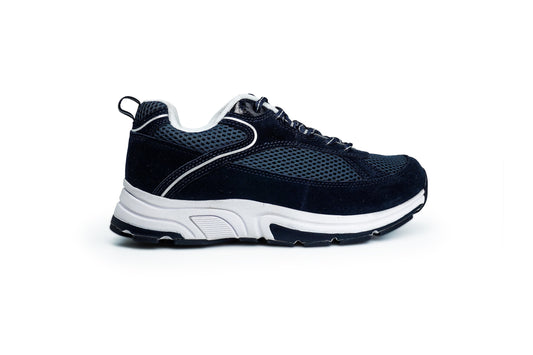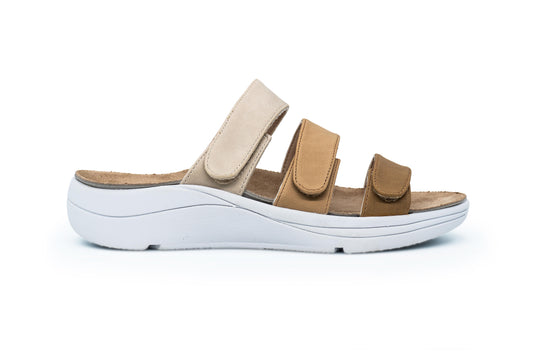Running Safely with Diabetes: 5 Essential Tips for a Healthy Regimen
Running can be a fantastic way to stay active and maintain a healthy lifestyle, even if you have diabetes. However, managing diabetes while running requires careful planning and attention to your body's signals. Follow these five essential tips for running safely if you have diabetes to create a well-rounded exercise regimen that supports your overall health.
- Discuss Exercising With Your Doctor: Before making any significant changes to your exercise routine, consult with your healthcare provider. Whether you're considering marathon training or adopting a more frequent exercise schedule, your doctor can provide valuable insights and help you prepare for the physical demands. Open communication with your healthcare team ensures that your exercise plan aligns with your overall diabetes management.
- Carry Your Important Medical Information: When heading out for a run, always carry essential medical information. Fluctuations in blood sugar levels during exercise may lead to lightheadedness or other symptoms. Having crucial details, such as emergency contacts and your medical history, readily available can be crucial in case of unforeseen circumstances. This information can assist bystanders or medical professionals in providing the necessary assistance.
- Wear the Right Footwear: Proper footwear is paramount for individuals with diabetes, especially during exercise. Regular athletic shoes may not offer the support needed for those with diabetic neuropathy. Invest in men's or women's diabetic shoes designed to accommodate specific foot care requirements. Diabetic shoes feature a wider toe box, softer lining, and enhanced overall support, ensuring a comfortable and safe running experience.
- Monitor Your Blood Sugar: Before embarking on your run, check your blood sugar levels. Aim for a reading between 110–260 mg/dL to ensure a safe starting point. If your levels are below 110 mg/dL, consider increasing them with a light snack. If they exceed 260 mg/dL, postpone your run until your glucose levels are within the recommended range. Regular blood sugar monitoring helps maintain stability and prevents complications during exercise.
- Know When To Run: Choose an optimal time for running, considering your diabetes management. Running shortly after a light meal can help you feel energized without causing lethargy. Avoid running on an empty stomach or immediately after a heavy meal. Finding the right balance ensures that your body has the necessary fuel for exercise without compromising your overall well-being.
DiabeticShoe.in offers a variety of goods that can help alleviate pain caused by foot arches.
Now is the time to buy medically manufactured insoles and shoes to treat foot pain!
Learn more about Prescribed Orthotics.







